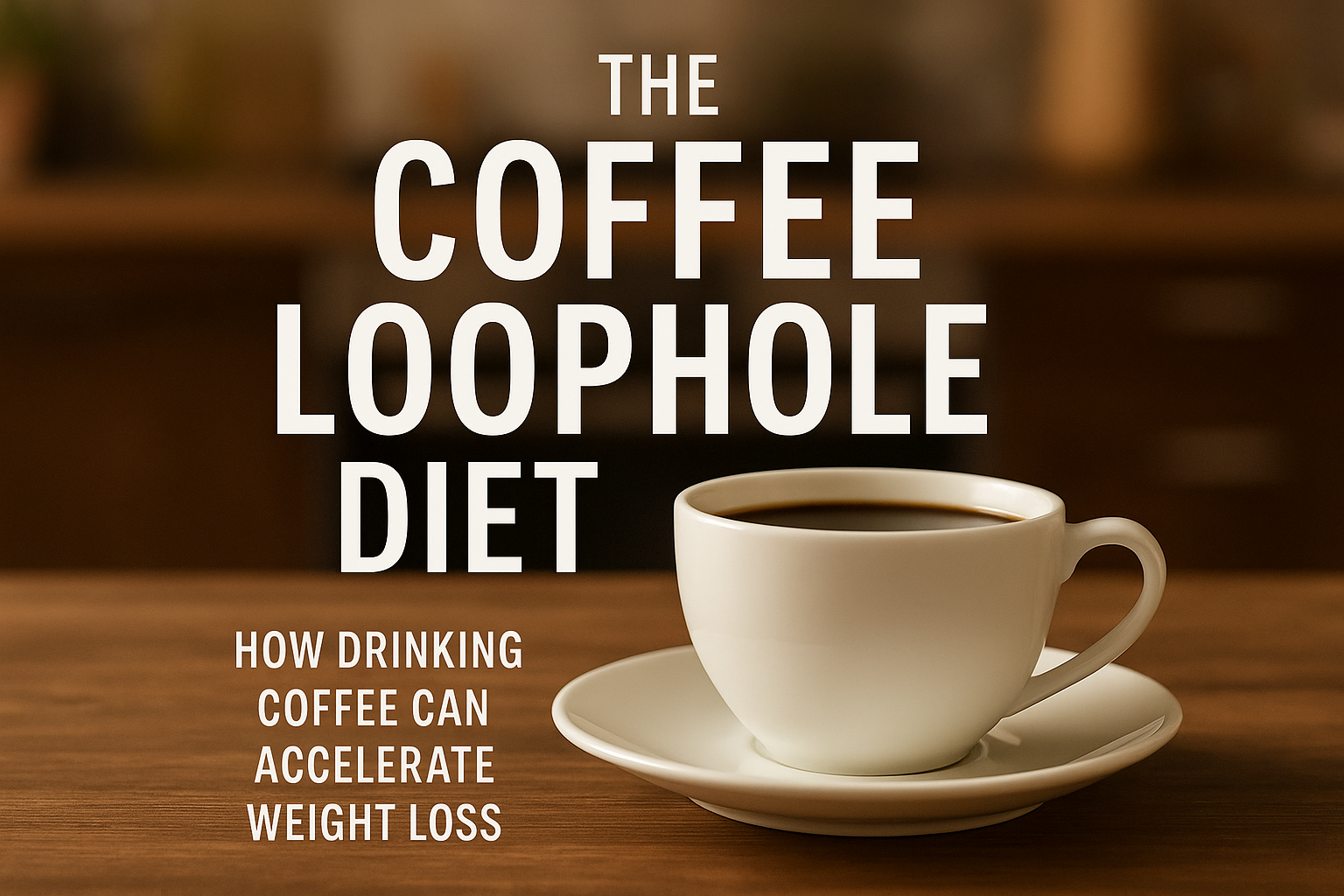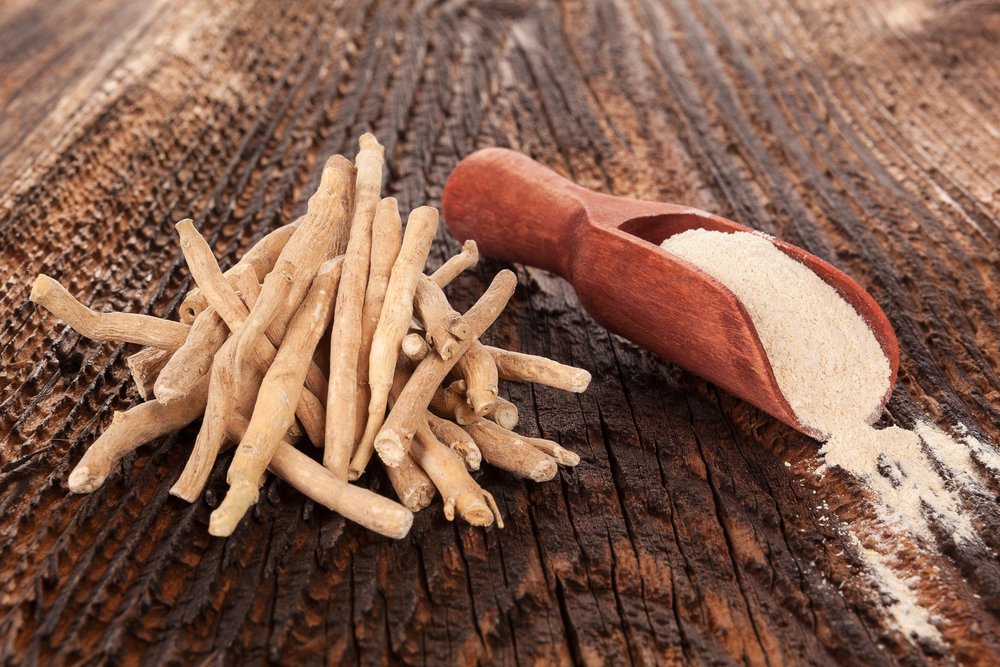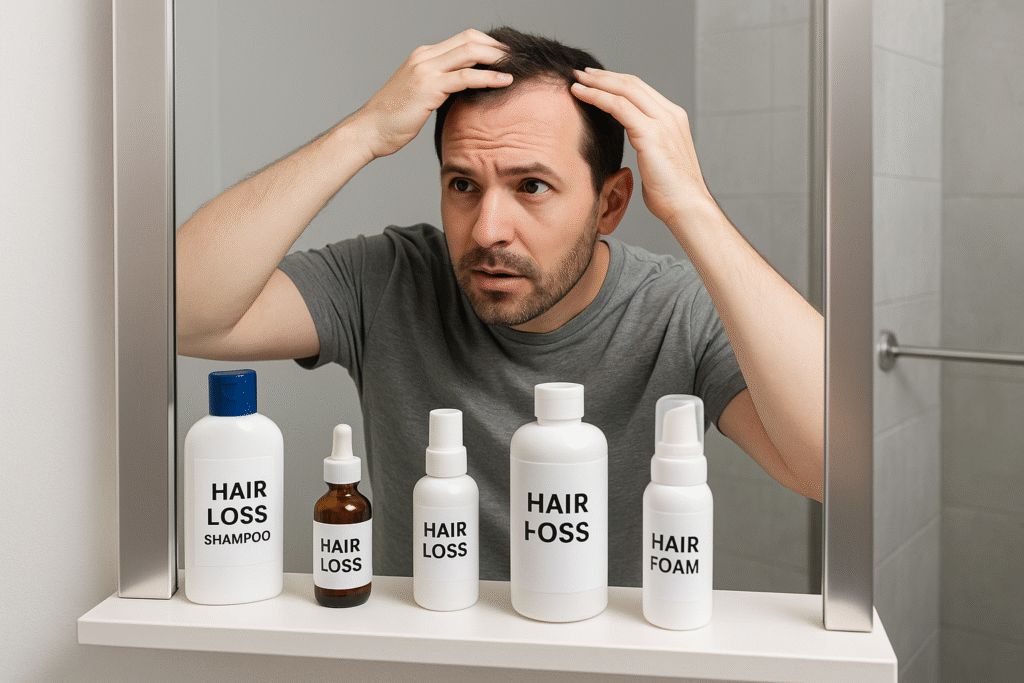Have you ever stumbled across a viral TikTok trend that sounds just a little too good to be true — but still makes you pause and think, “Wait… what if it actually works?”
Yeah, same here.
That’s exactly what happened when I first heard about the Coffee Loophole Diet. I was casually scrolling, half-watching some influencer pour lemon juice and cayenne pepper into her morning coffee, when the words “rapid weight loss without working out” flashed across the screen. My ears perked up.
I mean — who doesn’t want to burn fat while sipping coffee? Especially if it means not spending hours meal-prepping or dragging yourself through intense workouts?
But before I even thought about trying it, I did what I always do when a trendy new diet pops up: I investigated. Because here’s the thing — some of these viral hacks are harmless (even helpful), while others are total scams dressed up in aesthetic filters and before-and-after photos.
So I started digging into what the Coffee Loophole Diet actually is, what ingredients it involves, whether any of the science checks out, and most importantly — whether it’s worth your time (or your coffee).
If you’ve been curious too, keep reading. We’re breaking down the good, the questionable, and everything in between — so you can decide for yourself if this trending diet is a genius shortcut… or just another internet myth.
What Is the Coffee Loophole Diet?

The Coffee Loophole Diet is one of those trends that popped up almost overnight — gaining traction thanks to promises of effortless weight loss with a quick morning drink. The basic idea? If you drink a specific type of “fat-burning” coffee blend within seconds of feeling hungry, you’ll supposedly trigger your body to burn fat instead of storing it.



Here’s what most versions of the diet involve:
- A black coffee base (usually without milk or sugar)
- Added ingredients like:
- Cinnamon (to regulate blood sugar)
- Lemon juice (to “detox”)
- Cayenne pepper (for metabolism boost)
- Sometimes chromium or green tea extract for fat burning
The “loophole” part? According to creators of the trend, you have to drink this concoction within seven seconds of feeling hunger. Supposedly, this timing flips a metabolic switch and helps your body use stored fat instead of calories from food.
Sound a little far-fetched? You’re not alone in thinking that. But here’s why it caught fire on social media:
- It feels simple.
- It doesn’t require major diet changes.
- It promises big results with minimal effort.
- And let’s be real — we’re already drinking coffee, right?
Of course, just because something sounds easy doesn’t mean it is effective. Next up, let’s look at what the fans of this diet claim it can actually do.
Claimed Benefits: What the Coffee Loophole Diet Promises
If you listen to the TikToks and reels promoting the Coffee Loophole Diet, it sounds almost magical — like the kind of weight loss trick that’s been hiding in plain sight all along. But let’s break down what people actually claim this diet can do, and why it’s become so buzzy online.
1. Suppresses Hunger Almost Instantly
The idea is that drinking this “coffee cocktail” right as hunger hits will shut down your appetite. Caffeine is a known appetite suppressant, and when combined with bold flavors like lemon and cayenne, the claim is it blunts those cravings fast.
According to fans, it keeps you full for hours — no snacking, no overeating.
2. Speeds Up Metabolism
Several of the ingredients in this mix — cayenne pepper, cinnamon, and green tea extract — are linked to slight increases in metabolism. Proponents say that drinking it regularly helps the body burn calories more efficiently, even at rest.
Whether this is a major calorie-burning boost or just a tiny nudge is still up for debate, but that “thermogenic effect” is a big part of the pitch.
3. Triggers Fat Burning (Instead of Storing Fat)
This is where the “loophole” really comes in. The theory is that by drinking this coffee within seconds of hunger, you’ll trick your body into burning stored fat for energy instead of turning to food.
It’s kind of like a DIY version of intermittent fasting — but instead of waiting hours to eat, you’re hacking the process with a spiced-up cup of coffee.
4. Boosts Energy Without the Crash
Because the drink is caffeine-based, it naturally gives you a jolt of energy — but many claim that adding cinnamon or chromium helps keep your blood sugar stable, reducing the post-caffeine slump.
This makes it popular among those trying to reduce reliance on sugary snacks or energy drinks.
5. It’s Easy and Fast
This is maybe the biggest selling point: you don’t have to track macros, count calories, or prep complicated meals. Just drink the mix, and go. For busy people who want to “do something” without a full routine overhaul, this feels like a win.
But how much of this is real — and how much is just a good story? That’s what we’re getting into next: the science.
What Does the Science Say About the Coffee Loophole Diet?
While the Coffee Loophole Diet makes some bold claims, the truth (like most things in wellness) is a little more nuanced. Let’s look at what the research says — ingredient by ingredient — and whether this “seven-second rule” holds any weight.
Caffeine: Yes, It Can Boost Metabolism (a Little)
Caffeine does have a thermogenic effect — it can raise your resting metabolic rate slightly and increase fat oxidation. Some studies show that people may burn an extra 3–11% more calories after consuming caffeine.
But here’s the kicker: that effect is temporary, and your body builds tolerance over time. Plus, it’s not a replacement for consistent, balanced nutrition or exercise.
Cayenne Pepper: Slight Thermogenic Bump, but Not a Miracle
Capsaicin — the compound that gives cayenne its heat — has been shown to slightly increase calorie burning and reduce appetite in the short term. But again, we’re talking small numbers here. A few extra calories per day — not a major weight-loss accelerator.
Also: not everyone’s stomach handles spicy stuff well, especially on an empty stomach.
Cinnamon: Blood Sugar Control, Maybe
Cinnamon is often linked to better blood sugar regulation, which can help with appetite control. However, most studies use concentrated extracts — not the pinch you toss into your coffee.
Still, it’s not a bad addition if you like the taste — and it may help smooth out blood sugar spikes if paired with meals.
Lemon Juice: Detox Hype vs. Reality
Lemon juice is often marketed as a “detoxifier,” but let’s be real: your liver and kidneys do the detoxing. Lemon does contain vitamin C and might support digestion, but it won’t flush fat or “melt belly fat” like some of the hype suggests.
Green Tea Extract and Chromium: Mild Effects, Not Magic
Green tea extract can aid in fat burning, especially when combined with caffeine. Chromium has mixed evidence for controlling blood sugar or curbing cravings. But both are supplemental — not shortcuts.
The “Seven-Second Rule”: No Science Here
There’s zero clinical evidence that drinking anything within seven seconds of hunger flips a fat-burning switch. Hunger is a complex biological process influenced by hormones, not timers.
The quick-drink rule sounds more like a clever marketing angle than science.
Bottom Line? There are some mild benefits from these ingredients — mostly from caffeine and green tea — but no part of this coffee mix is a magical weight loss bullet. And the timing trick? Total myth.
Potential Risks and Side Effects of the Coffee Loophole Diet
It’s tempting to try anything that promises quick weight loss with minimal effort. But like most shortcuts, the Coffee Loophole Diet isn’t without its downsides — especially if you jump in without understanding what you’re really putting into your body.
Here’s what you should know before making it part of your morning routine:
1. Stomach Issues Are Common
Combining acidic lemon juice, spicy cayenne pepper, and strong black coffee on an empty stomach? Not exactly gentle.
Many users report:
- Heartburn or acid reflux
- Upset stomach or nausea
- Digestive irritation, especially for those with gastritis or IBS
If you’ve ever felt queasy after coffee alone, this mix could make it worse.
2. Too Much Caffeine = Jitters, Anxiety, and Sleepless Nights
The diet encourages starting your day with a coffee blend that often includes added stimulants (like green tea extract). That combo can easily tip you over into caffeine overload, especially if you drink more coffee later in the day.
Side effects include:
- Increased heart rate
- Shakiness
- Anxiety or panic attacks
- Insomnia or poor sleep quality
This can lead to burnout — mentally and physically — which isn’t exactly helpful for weight loss.
3. It’s Easy to Rely on Coffee Instead of Real Meals
When appetite is suppressed and energy feels artificially high, it’s tempting to skip meals altogether. But over time, this can mess with your metabolism and lead to:
- Nutrient deficiencies
- Energy crashes
- Mood swings
- Muscle loss
This isn’t about occasional fasting — it’s about replacing food with hacks, and that’s a slippery slope.
4. Creates an Unhealthy Relationship With Hunger
The whole idea of drinking something within seven seconds of hunger trains you to fear normal hunger cues instead of listening to your body. That’s a red flag.
Ignoring hunger or trying to constantly override it with stimulants can disconnect you from intuitive eating — which long term, is far more sustainable for health and weight management.
What Experts Say + Healthier, Sustainable Alternatives
If there’s one thing nutrition experts agree on, it’s this: there’s no shortcut to sustainable, healthy weight loss — especially not one that involves skipping meals and tricking your body with coffee and cayenne.
Let’s look at what health professionals have to say — and what you can do instead if you’re truly looking to lose weight in a way that lasts.
What the Experts Think
Most registered dietitians and nutritionists aren’t buying the hype. Here’s why:
- The weight loss claims are exaggerated. Yes, caffeine and certain spices can slightly boost metabolism, but we’re talking tiny effects — not dramatic drops on the scale.
- Replacing meals with coffee isn’t sustainable. It’s a fast track to burnout, nutritional imbalances, and potentially disordered eating patterns.
- There’s no science behind the “seven-second loophole.” It sounds catchy, but biologically, hunger and fat-burning don’t work that way.
Many experts encourage people to focus on balance, not extremes — because balance is what your body responds to best.
A Better Approach: What Actually Works
Here’s what you can do instead of falling for the next viral diet:
1. Focus on Whole, Nutrient-Dense Foods
Protein, fiber, healthy fats, and complex carbs — they fill you up, fuel your body, and keep your metabolism humming.
2. Move in a Way That Feels Good
It doesn’t have to be HIIT or hours at the gym. Walking, strength training, yoga — anything that gets your body moving consistently makes a difference.
3. Prioritize Sleep and Stress Management
Weight gain is often tied to lack of rest and chronic stress. Getting 7–8 hours of sleep and finding small ways to decompress can work wonders for your body and mind.
4. Listen to Your Hunger Cues
Your body’s not your enemy — it’s trying to talk to you. Learning to eat when you’re truly hungry and stop when you’re full is more effective than any “hack.”
Final Thoughts: Don’t Chase Loopholes — Build Habits That Last
The Coffee Loophole Diet might sound tempting — especially when it promises fast results with nothing more than a spiced-up coffee blend. And while there’s a tiny bit of truth in the idea that caffeine and certain ingredients can support metabolism, the bigger picture is this:
There’s no magic formula. No loophole. No seven-second trick that can replace real habits, real food, and real self-care.
Could this coffee mix help suppress your appetite for a few hours? Sure. But long-term weight loss comes from something deeper: consistency, balance, and learning to trust your body — not silence it.
If you’re serious about changing how you look and feel, don’t fall for the next viral hack. Build something better. You’re not just trying to get skinny for a season — you’re trying to feel strong and good in your skin, every day.
And that? That’s worth more than a cup of coffee.



Join the 7‑Day “Better Gut” Plan
Pop in your email and we’ll send Lesson 1 + the printable list.







